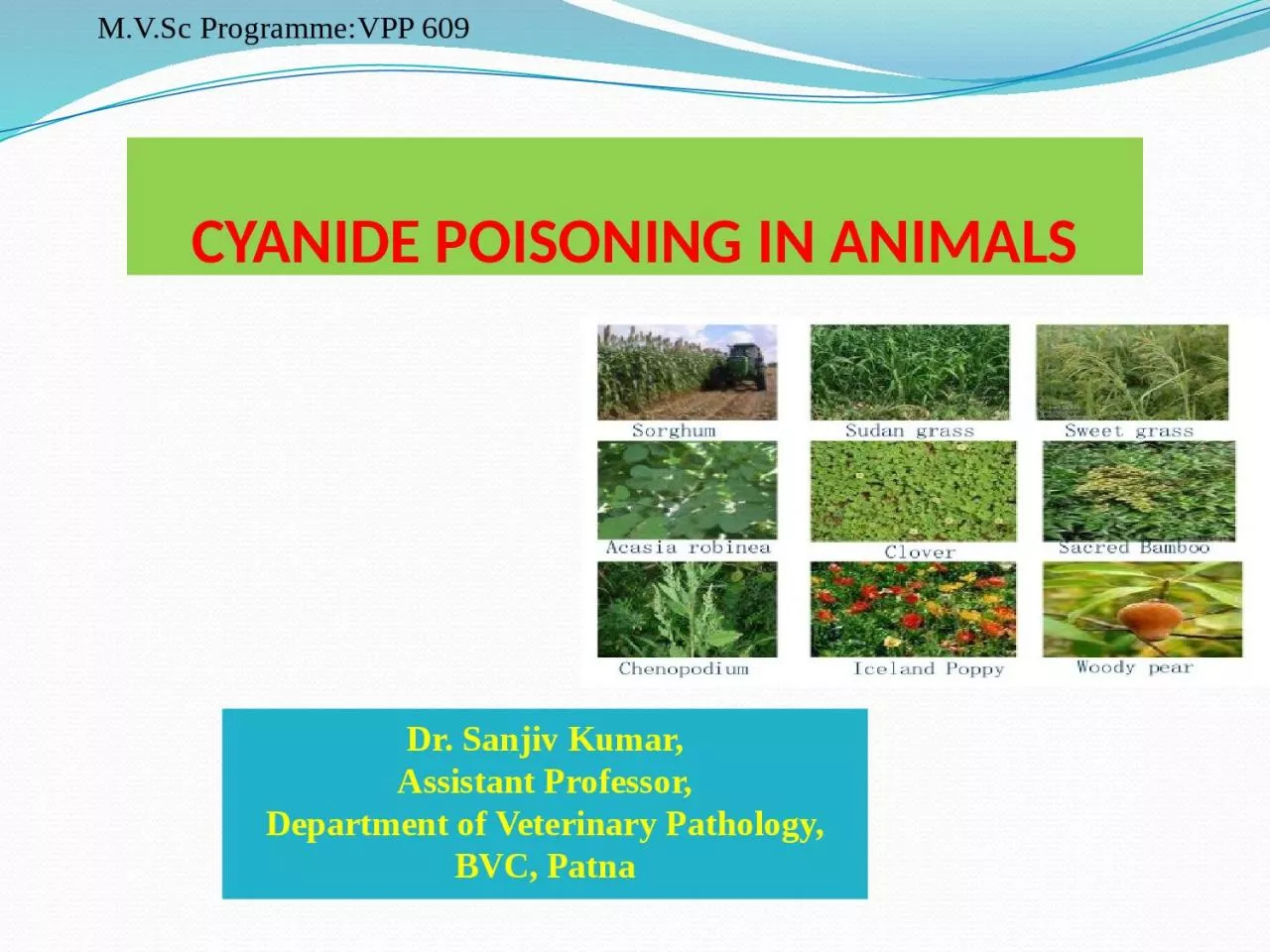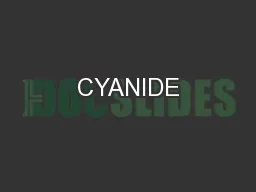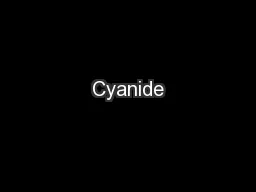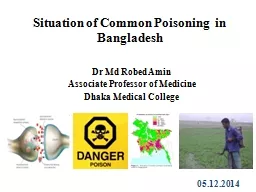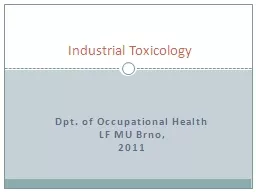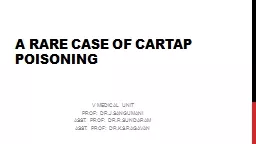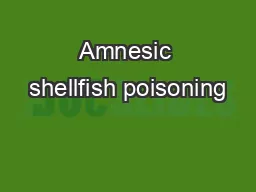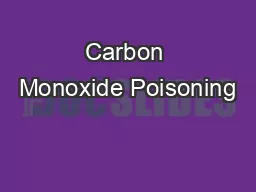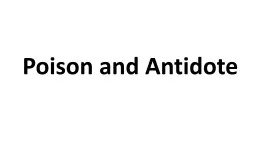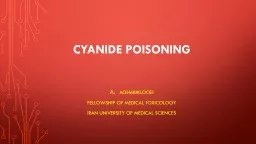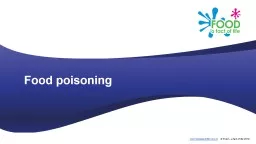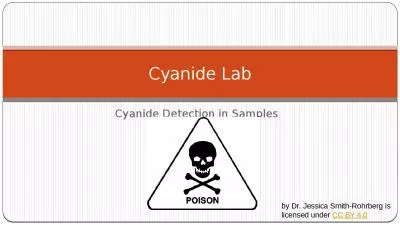PPT-CYANIDE POISONING IN ANIMALS
Author : bella | Published Date : 2022-06-15
Dr Sanjiv Kumar Assistant Professor Department of Veterinary Pathology BVC Patna MVSc ProgrammeVPP 609 Source Cyanides are found in i plants ii fumigants iii
Presentation Embed Code
Download Presentation
Download Presentation The PPT/PDF document "CYANIDE POISONING IN ANIMALS" is the property of its rightful owner. Permission is granted to download and print the materials on this website for personal, non-commercial use only, and to display it on your personal computer provided you do not modify the materials and that you retain all copyright notices contained in the materials. By downloading content from our website, you accept the terms of this agreement.
CYANIDE POISONING IN ANIMALS: Transcript
Download Rules Of Document
"CYANIDE POISONING IN ANIMALS"The content belongs to its owner. You may download and print it for personal use, without modification, and keep all copyright notices. By downloading, you agree to these terms.
Related Documents

